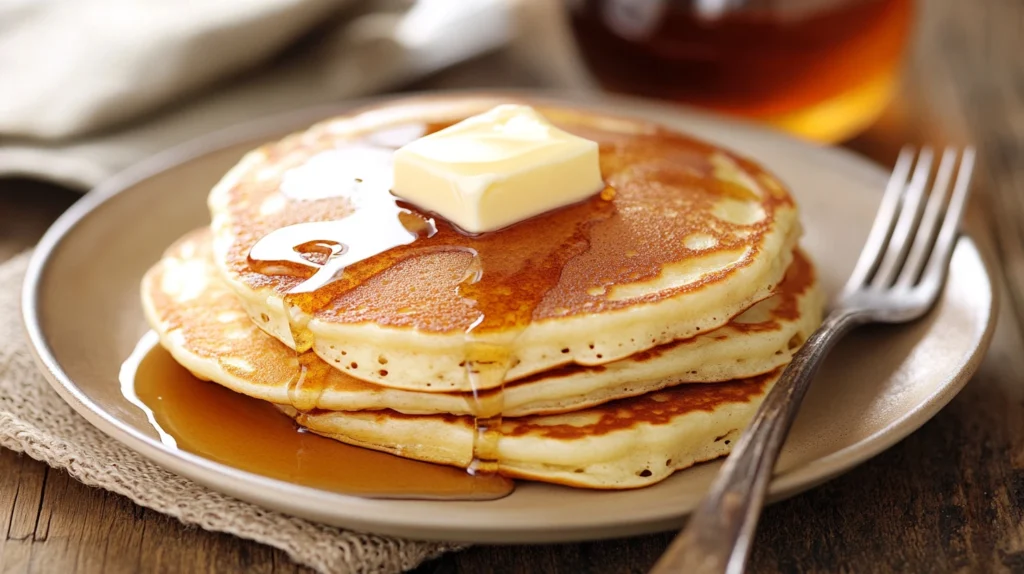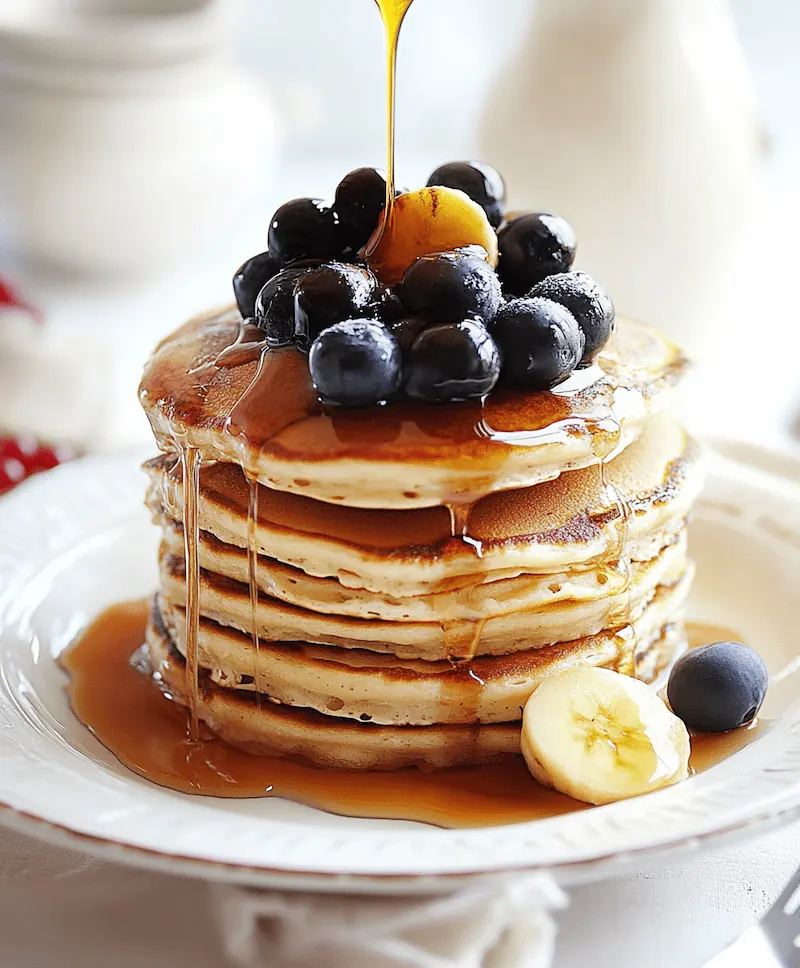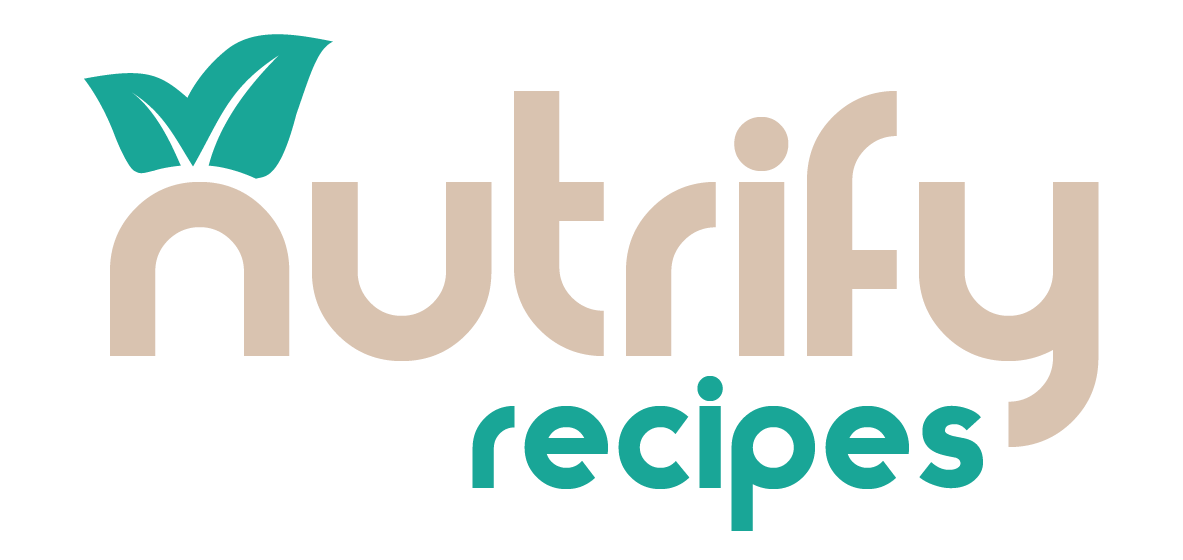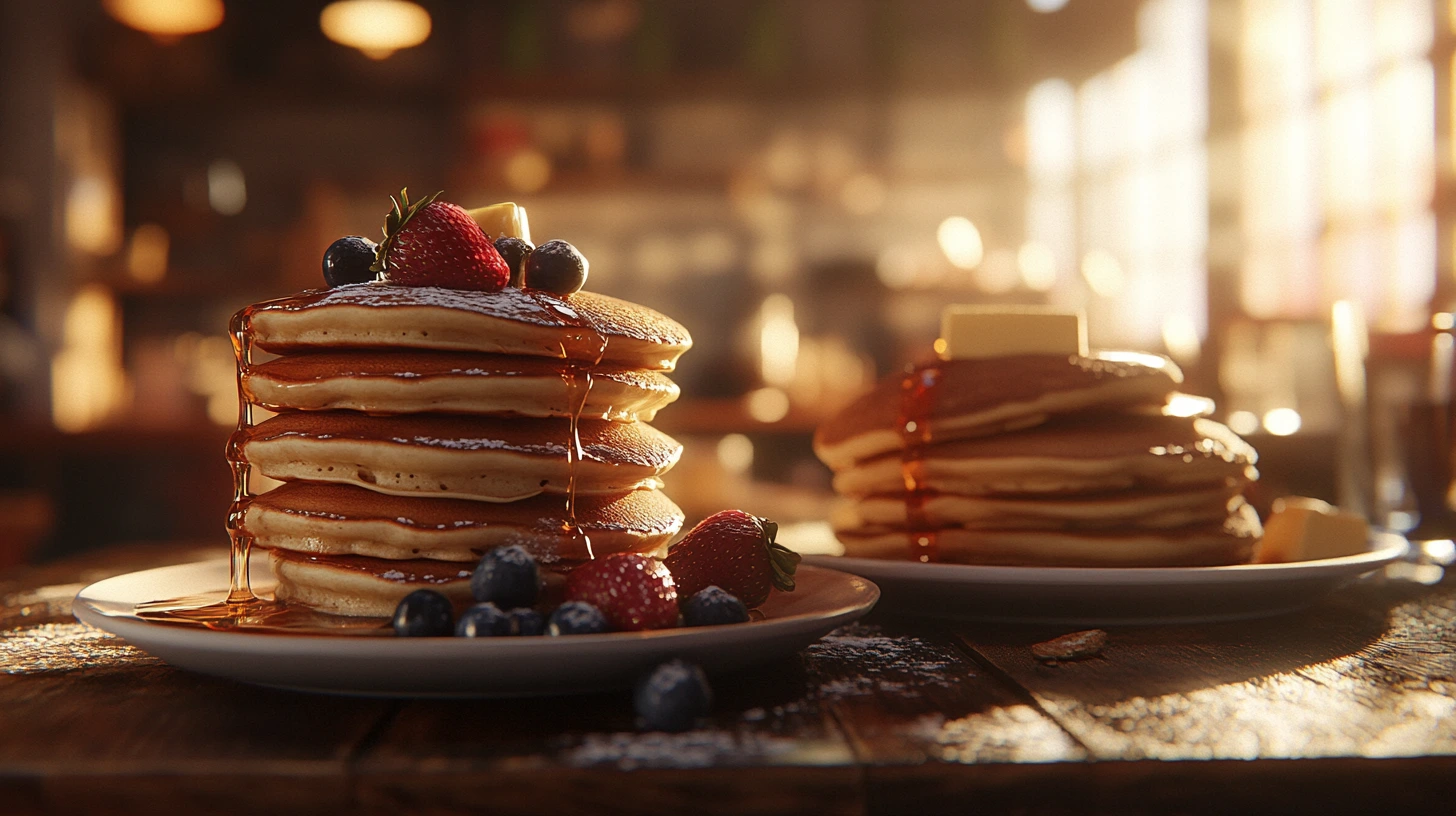When it comes to breakfast staples, pancakes and hotcakes are often mentioned in the same breath. But are they truly the same, or is there more to the story? This question frequently arises for breakfast enthusiasts and home cooks alike: “Is hotcake mix the same as pancake mix?” While they share similarities, subtle differences set them apart, ranging from their ingredients to cultural significance. Hotcake Mix: Great for creating rich, hearty breakfast meals. Try it in recipes like the Hotcake Mix Recipe Made Simple for a quick, satisfying start to your day. This article dives deep into the nuances of hotcake and pancake mixes, exploring their origins, preparation methods, and whether you can swap one for the other.
Table of contents
- What is Hotcake Mix?
- What is Pancake Mix?
- The Key Differences Between Hotcake Mix and Pancake Mix
- The Similarities Between Hotcake Mix and Pancake Mix
- Cultural Interpretations of Hotcakes and Pancakes
- Can You Substitute One for the Other?
- How to Choose the Right Mix for Your Needs
- Frequently Asked Questions
- Conclusion
What is Hotcake Mix?
Hotcake mix is a pre-prepared blend of ingredients designed to simplify the process of making hotcakes. Known for their thicker, fluffier texture and sweeter flavor, hotcakes are a beloved treat in many cultures. Let’s delve deeper into their origins, ingredients, and variations to understand what makes hotcake mix unique.
Origins of Hotcakes
The term “hotcakes” has been used historically to describe flat, round cakes cooked on a griddle. While their precise origin is unclear, hotcakes are widely associated with the American South and have similarities to traditional griddle cakes enjoyed worldwide. In some regions, hotcakes are considered synonymous with pancakes, but subtle differences exist, particularly in texture and sweetness.
Interestingly, the term “hotcake” has also been popularized in Japan, where it refers to a sweet, thick, and dessert-like breakfast item. Japanese hotcakes often feature a fluffier consistency, achieved by adding more leavening agents like baking powder.
Common Ingredients in Hotcake Mix
Hotcake mix typically contains:
- Flour: The primary base for structure.
- Sugar: For a sweeter flavor compared to pancake mix.
- Baking Powder: A leavening agent that helps the hotcakes rise and become fluffy.
- Milk Powder: Enhances the creaminess and sweetness.
- Salt: A pinch to balance flavors.
The combination of these ingredients gives hotcakes their characteristic sweetness and thickness, setting them apart from the more neutral-tasting pancake.
Regional Variations of Hotcakes
Hotcakes vary globally, adapting to local preferences:
- Japanese Hotcakes: Often served with whipped cream, fresh fruit, or syrup, they are much thicker and resemble small, airy cakes.
- American Hotcakes: Frequently paired with butter and maple syrup, they tend to be slightly thinner but sweeter than traditional pancakes.
- Latin American Hotcakes: May include additions like vanilla or cinnamon for extra flavor.
What is Pancake Mix?
Pancake mix is a versatile kitchen staple used to prepare pancakes, the iconic flat and fluffy griddle cakes beloved worldwide. While similar to hotcake mix, pancake mix offers a more neutral base and caters to a broader range of culinary preferences. Let’s uncover its history, common ingredients, and popular brands to understand what sets it apart.

History of Pancakes
Pancakes have a long and storied history, with evidence of their existence dating back to ancient civilizations.
- Ancient Origins: Archaeological findings show that pancakes were prepared by early humans using ground grains mixed with water or milk and cooked on hot stones.
- European Influence: In Medieval Europe, pancakes became popular as a way to use up eggs and milk before Lent.
- American Adaptation: Pancakes, as we know them today, gained popularity in the United States during the 19th century, often made with cornmeal or buckwheat.
The evolution of pancakes has led to countless variations around the globe, with the basic recipe inspiring many cultural takes on the dish.
Typical Ingredients in Pancake Mix
Pancake mix is designed for ease and consistency. The ingredients are slightly different from hotcake mix to offer a lighter, less sweet flavor. Standard components include:
- Flour: Usually all-purpose or self-rising.
- Baking Powder or Soda: For leavening to achieve a light, fluffy texture.
- Salt: Enhances overall flavor without overpowering.
- Optional Sugar: Often less than in hotcake mix to maintain a versatile flavor profile.
Some pancake mixes also include additives like buttermilk powder for tanginess or pre-added flavorings such as vanilla.
Popular Brands of Pancake Mix
In the modern kitchen, pancake mix is synonymous with convenience. Several well-known brands dominate the market:
- Aunt Jemima (Now Pearl Milling Company): Known for its classic flavor and reliability.
- Bisquick: A multi-purpose mix that works for pancakes, waffles, and other recipes.
- Krusteaz: A family favorite for its fluffy texture and easy preparation.
- Kodiak Cakes: Offers healthier options with whole grains and added protein.
These brands cater to diverse dietary preferences, making pancake mix an accessible option for households everywhere.
The Key Differences Between Hotcake Mix and Pancake Mix
While hotcake mix and pancake mix share similar foundational ingredients, distinct differences in their formulation, preparation, and taste set them apart. Here’s a closer look at the contrasts between the two.
Texture and Taste
One of the most noticeable differences lies in the texture and flavor of the final product.
- Hotcakes: Known for their dense and fluffy texture, hotcakes are often sweeter due to the inclusion of more sugar in the mix. This makes them feel more like a dessert or indulgent breakfast item. They tend to have a cake-like consistency and are thicker than pancakes.
- Pancakes: Pancakes are lighter, airier, and more neutral in flavor. They serve as a versatile base that can be customized with sweet or savory toppings. Their texture is often thinner and more delicate compared to hotcakes.
Preparation Methods
The method of preparing hotcakes and pancakes further highlights their differences.
- Hotcakes: The batter for hotcakes is typically thicker, and the cooking process may require lower heat to ensure the centers are fully cooked without burning the surface. Some recipes for hotcakes call for resting the batter to allow it to thicken and develop flavor.
- Pancakes: Pancake batter is usually thinner and pours more easily onto the griddle or pan. Pancakes cook quickly and are flipped once bubbles appear on the surface, making them faster to prepare than hotcakes.
Nutritional Content
The nutritional differences stem from variations in ingredients:
- Hotcake Mix: Often contains more sugar and fat, contributing to its richer flavor and denser texture. This may result in a higher calorie count per serving.
- Pancake Mix: Typically lower in sugar and fat, making it a lighter option for those seeking a less indulgent breakfast. Pancake mix is often marketed as more versatile for adding nutritional boosters like protein powders or whole grains.
The Similarities Between Hotcake Mix and Pancake Mix
Even though hotcake mix and pancake mix have some differences, they share a lot in common. These similarities make it possible to use them interchangeably in certain recipes. Let’s explore what brings them together.
Shared Ingredients
Both hotcake and pancake mixes rely on similar basic ingredients. For instance:
- Flour forms the base and gives structure to both mixes.
- Leavening Agents, like baking powder, make the batter rise and create a fluffy texture.
- Salt adds a touch of flavor and balances sweetness.
- Optional Add-ins: Some brands include extras like milk powder, vanilla flavor, or a bit of sugar.
Since they share these components, both mixes can create delicious and fluffy griddle cakes.
Versatility in Recipes
Another big similarity lies in how you can use both mixes for much more than just hotcakes or pancakes. Here are a few examples:
- Waffles: By changing the amount of liquid, you can easily turn either mix into waffle batter.
- Crepes: With a thinner batter, you can make delicate, paper-thin crepes.
- Savory Bakes: By skipping the sugar and adding spices, you can use the mix for savory dishes.
- Desserts: Both mixes work well in recipes for cakes, muffins, or other sweet treats.
This versatility makes both hotcake and pancake mixes a must-have for any kitchen.
Cultural Interpretations of Hotcakes and Pancakes
Hotcakes and pancakes have become iconic breakfast dishes around the world, yet their interpretations differ based on cultural preferences and traditions. From the thick, fluffy hotcakes of Japan to the classic American pancake stack, these dishes have evolved into symbols of regional culinary identity. Let’s explore how different cultures view and prepare these delightful griddle cakes.
Hotcakes in Japanese Cuisine
In Japan, hotcakes are much more than a simple breakfast item—they’re a treat that blends sweetness with an artistic touch. Here’s what sets Japanese hotcakes apart:
- Thicker and Taller: Japanese hotcakes are often made with ring molds, giving them a towering, soufflé-like appearance.
- Sweeter Flavor Profile: These hotcakes include more sugar and vanilla in the batter, making them taste like a dessert.
- Toppings and Presentation: They are typically served with whipped cream, fresh fruit, syrup, or even a dusting of powdered sugar. Presentation is key in Japanese cuisine, and hotcakes are no exception.
This interpretation has made Japanese hotcakes popular worldwide, often featured in trendy cafes and social media posts.
Pancakes in American Breakfast Culture
In the United States, pancakes are synonymous with hearty, comforting breakfasts. They’re a staple in diners and family kitchens alike. Here’s why they’re so beloved:
- Stacked Tradition: American pancakes are served in stacks, layered with butter and generously drizzled with syrup.
- Customization: Pancakes are incredibly versatile, with options like blueberry, chocolate chip, or even bacon-infused batter.
- Cultural Symbol: From Pancake Day celebrations to their prominent role in children’s books and movies, pancakes hold a cherished place in American culture.
The simplicity and adaptability of pancakes make them a timeless classic.
Global Influence of Hotcakes and Pancakes
Beyond Japan and the United States, these griddle cakes have made their way into kitchens worldwide, each culture adding its twist:
- Europe: In countries like France and Germany, variations like crêpes and Dutch pancakes showcase thinner, less sweet versions of the dish.
- Latin America: Hotcakes often feature unique ingredients like cornmeal or cinnamon for a regional flair.
- Southeast Asia: Pancake-inspired snacks incorporate ingredients like coconut milk and pandan, highlighting local flavors.
Their global popularity demonstrates the universal appeal of hotcakes and pancakes, showing how a simple batter can unite diverse cultures.
Can You Substitute One for the Other?
Hotcake mix and pancake mix might seem interchangeable at first glance, but swapping them requires a few adjustments to achieve the best results. Here’s what you need to know about substituting one mix for the other.
Adjustments for Flavor and Texture
While you can substitute hotcake mix for pancake mix or vice versa, the final dish may have a slightly different flavor or texture. Here are some common differences and ways to address them:
- Sweetness: Hotcake mix often contains more sugar, so pancakes made with hotcake mix might taste sweeter. To adjust, consider reducing added sugar or skipping syrup.
- Thickness: Hotcakes are generally thicker than pancakes. If you’re using pancake mix to make hotcakes, you can reduce the liquid slightly to thicken the batter. Conversely, if you want thinner pancakes from hotcake mix, add a bit more liquid.
- Leavening Agents: Hotcake mix typically has more leavening, which contributes to its fluffy, cake-like texture. If substituting pancake mix, consider adding a little extra baking powder or soda for similar fluffiness.
Practical Tips for Substitution
Substituting one mix for the other is easier with a few practical tips:
- Experiment with Liquid Ratios: Hotcake batter is usually thicker, so adjusting the liquid can help you achieve the desired consistency.
- Taste Test Before Cooking: Because hotcake mix is sweeter, tasting the batter allows you to adjust for sweetness or saltiness before cooking.
- Customize Toppings: Use toppings like syrup, butter, or fruit to mask any slight differences between the two mixes.
When Substitution Works Best
Substituting is most effective in simple recipes like:
- Breakfast Staples: Pancakes or hotcakes made for family breakfasts or casual meals.
- Quick Snacks: Easy-to-make griddle cakes that don’t require precise flavor matching.
- Creative Recipes: Using either mix as a base for waffles, muffins, or even savory dishes.
While the two mixes aren’t identical, with a little tweaking, you can enjoy the flexibility of using what you have on hand.
How to Choose the Right Mix for Your Needs
Choosing between hotcake mix and pancake mix depends on your taste, cooking style, and the type of recipe you want to prepare. By considering a few key factors, you can pick the one that suits your needs best.
Factors to Consider: Sweetness, Texture, and Cooking Style
To decide which mix to use, think about these important factors:
- Sweetness:
- If you like a naturally sweeter dish, hotcake mix is a great choice. Its higher sugar content works well for desserts or indulgent breakfasts.
- On the other hand, pancake mix offers a more neutral taste, making it easier to adjust sweetness with toppings like syrup or fruit.
- Texture:
- Hotcake mix creates thick, fluffy cakes that feel rich and satisfying.
- Pancake mix produces lighter, thinner griddle cakes, perfect for stacking and drizzling with syrup.
- Cooking Style:
- Use pancake mix if you enjoy creative recipes with layers and various toppings.
- Choose hotcake mix when you want a hearty and filling breakfast or snack.
Reading the Label: Nutritional and Ingredient Insights
The label can give you useful clues about which mix fits your needs. Here’s what to check:
- Nutritional Content:
- Hotcake mix often contains more calories and sugar per serving, which gives it its signature sweetness.
- Pancake mix tends to have fewer calories and may include healthier options like whole grains or added protein.
- Ingredients:
- Hotcake mix might include extras like milk powder or vanilla for added flavor.
- Pancake mix usually sticks to basic ingredients, offering a blank slate for your own twists.
Matching the Mix to Your Recipe
Your recipe can also help you decide:
- If you’re making simple breakfasts or savory dishes, pancake mix gives you more flexibility.
- For thick, fluffy cakes or sweet treats, hotcake mix is the better choice.

Frequently Asked Questions
Here are some common questions about hotcake mix and pancake mix, along with clear and concise answers to help you better understand their similarities and differences.
Can You Use Hotcake Mix to Make Crepes?
Yes, you can use hotcake mix to make crepes, but you’ll need to modify the batter. Add extra liquid, like milk or water, to create a thinner consistency that spreads easily in the pan. Since hotcake mix is sweeter, the crepes will have a slightly richer flavor.
Is Pancake Mix Healthier Than Hotcake Mix?
Not always. The healthiness of each mix depends on the brand and recipe. Pancake mixes often have less sugar, which may make them seem healthier, but some brands offer protein-rich or whole-grain hotcake mixes that can be just as nutritious.
What Is the Best Way to Store Hotcake or Pancake Mix?
To keep your mix fresh, store it in an airtight container in a cool, dry place. Avoid exposing the mix to moisture, as it can cause clumping or spoilage. For long-term storage, you can freeze the mix in a sealed bag.
Can I Add Flavors to Hotcake or Pancake Mix?
Absolutely! You can enhance the flavor by adding ingredients like vanilla extract, cinnamon, or even cocoa powder. For savory options, try mixing in herbs or cheese. Both mixes work well with added flavors, so don’t hesitate to get creative.
Are Hotcakes Just Thicker Pancakes?
Hotcakes are often thicker than pancakes, but the two aren’t defined solely by their thickness. Hotcakes tend to be sweeter and denser, while pancakes are lighter and more neutral in flavor. Regional variations also play a big role in distinguishing the two.
Which Mix Should I Use for Waffles?
Both hotcake and pancake mixes can be used to make waffles, but you may need to tweak the recipe. Add less liquid to create a thicker batter and incorporate some oil or melted butter to ensure the waffles turn out crispy on the outside.
Conclusion
Hotcake mix and pancake mix share a lot in common, but they have distinct characteristics that set them apart. Hotcake mix tends to be sweeter and produces a thicker, fluffier texture, making it ideal for rich and indulgent breakfasts. Pancake mix, on the other hand, offers a lighter and more versatile option, suitable for various recipes beyond pancakes.
Whether you’re looking to create a stack of American-style pancakes or a towering Japanese hotcake, understanding the differences and similarities between these mixes can help you choose the best one for your needs. With a little experimentation and some minor adjustments, you can even use them interchangeably, proving their versatility in the kitchen.
At the end of the day, both mixes bring a comforting warmth to the breakfast table, making them cherished staples worldwide.

